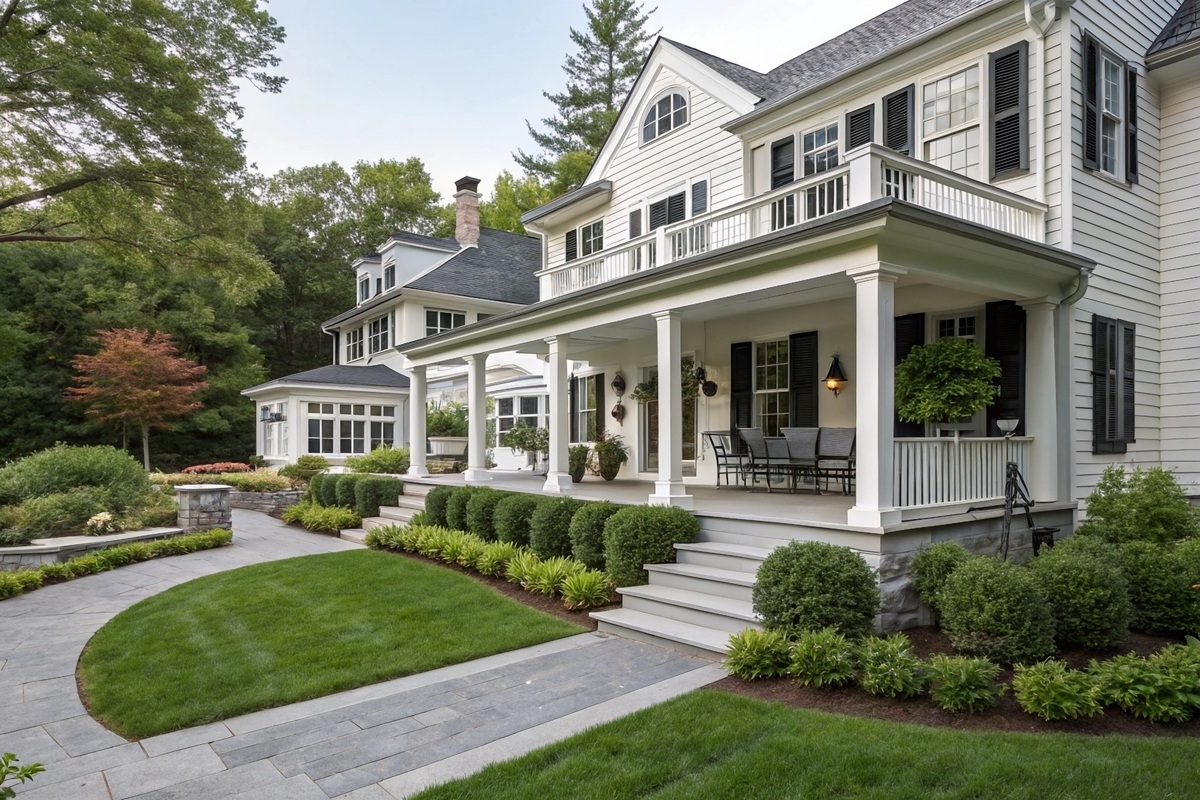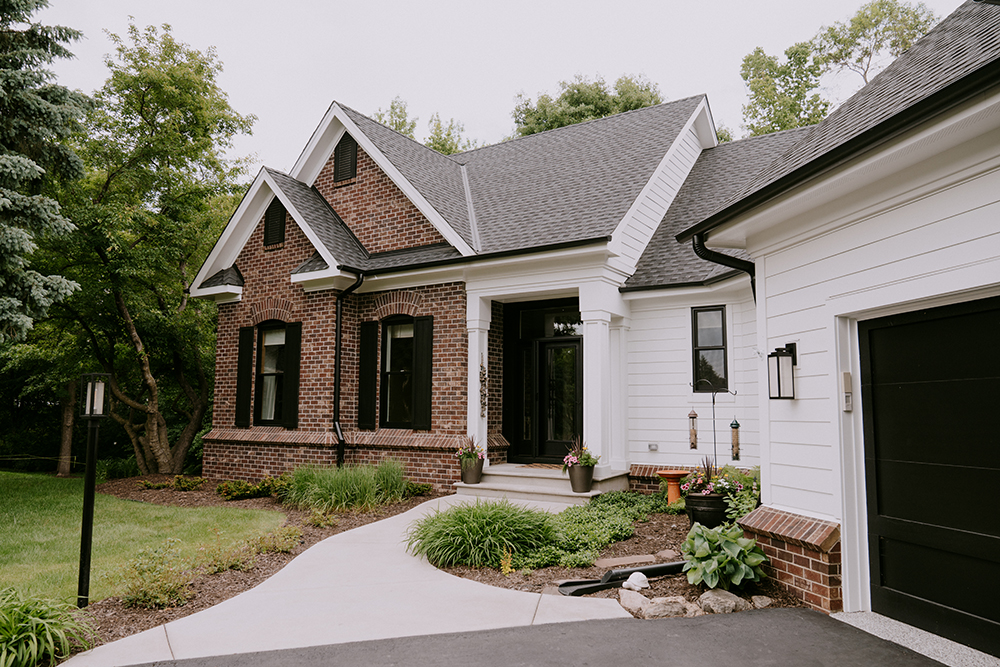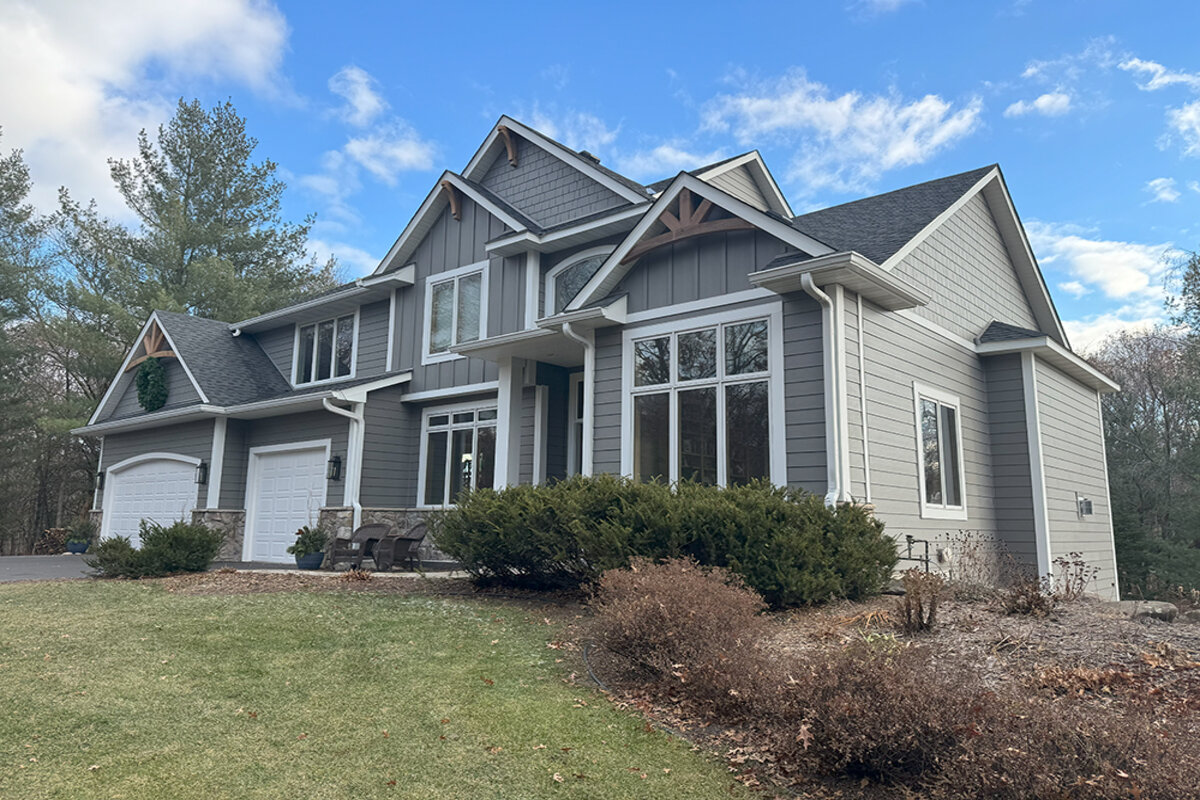Have you ever wondered if you can replace a window without touching the frame? Many homeowners face this dilemma, torn between the lure of a simple swap and the necessity for a more comprehensive approach. In this article, we’ll discuss the complexities of window replacement, discussing why opting for the seemingly easier path might not always be the best choice.
Understanding Window Replacement Options
Replacing the Window Without the Frame
It’s technically possible to replace a window without changing the frame. This approach involves fitting a new window into the existing frame. However, this method is generally not recommended unless specific circumstances apply. One such scenario is in older homes where the trim work is intricate, detailed, and irreplaceable.
The Importance of the Rough Opening
When you replace a window without altering the frame, you miss the opportunity to inspect and address the rough opening of the window. The rough opening is crucial because it can hide underlying issues that might have developed over time. Problems such as rot, water damage, or inadequate insulation often lurk here, unseen and untreated if the frame is left intact.
When Frame Replacement is Essential
Hidden Damage and Insulation Concerns
One of the primary reasons to consider replacing both the window and the frame is to gain access to the rough opening. By doing so, you can thoroughly inspect for any hidden damage that might compromise the integrity of your home. Water damage, rot, and mold are common issues that can develop around window frames. Addressing these problems is crucial for maintaining the structural health of your home.
Additionally, removing the frame allows for better insulation around the new window. Proper insulation is key to energy efficiency, helping to keep your home warm in the winter and cool in the summer. Without replacing the frame, you might not achieve the same level of insulation, potentially leading to higher energy bills and a less comfortable living environment.
The Cost Factor
While replacing just the window might seem like a cost-saving measure initially, it can lead to more significant expenses down the line if hidden damages are left unaddressed. The cost of repairing extensive water damage or mold issues can far exceed the initial savings of a frame-free window replacement. Investing in a comprehensive replacement now can save you from costly repairs in the future.
Special Considerations for Older Homes
Preserving Historical Integrity
In older homes, especially those with unique or intricate trim work, replacing a window without changing the frame might be the best option to preserve the home’s historical integrity. These homes often feature detailed woodwork that is difficult, if not impossible, to replicate. In such cases, a careful window replacement that leaves the original frame and trim intact can maintain the home’s character and charm.
Balancing Cost and Preservation
Homeowners of older properties must balance the need for modern functionality with the desire to preserve historical features. In some cases, this might mean opting for a window replacement that retains the original frame. However, it’s essential to ensure that the existing frame is in good condition and adequately insulated to avoid future issues.
Making the Right Decision
Assessing Your Home’s Needs
When deciding whether to replace a window without changing the frame, consider the specific needs of your home. Assess the condition of your current window frames, the potential for hidden damage, and the importance of insulation and energy efficiency. Consulting with a professional can provide valuable insights and help you make an informed decision.
Professional Consultation
A professional window installer can offer expert advice on the best approach for your home. They can inspect the rough opening, identify any hidden issues, and recommend whether a full replacement is necessary. This expertise is invaluable in ensuring that your home remains safe, efficient, and beautiful.
Conclusion
Replacing a window without changing the frame is possible, but it’s not always the best choice. While it might be suitable for older homes with unique trim work, most situations call for a comprehensive replacement to address hidden damage and improve insulation. By considering the specific needs of your home and consulting with a professional, you can make a decision that ensures both the longevity and comfort of your living space. For expert advice and assistance, contact us today.



















